Root palace Buddhist Cultural Tourism Zone
Root palace Buddhist Cultural Tourism Zone / Gengong Buddha Country Cultural Tourist Area, National AAAAA Tourist Scenic Area, National Eco-civilization Education Base, National Cultural Industry Demonstration Base, China's most distinctive cultural tourism resort, China's top ten leisure towns.
Gengong Buddhist Culture Tourist Area, namely "Genbo Garden of Kaihua County", is located in Kaihua County, Zhejiang Province. The tourist area covers an area of 3.03 square kilometers. It has huge resources and abundant types. It covers six main categories, including local landscape, waterscape scenery, ruins, architectural facilities, cultural activities and climate landscape. There are 48 basic types. With beautiful landscapes, rich humanities and unique landscapes, it is the only cultural theme tourist area in the world that shocks people.
The Root Palace Buddhist State ingeniously takes root carving art, bonsai art, stone appreciation culture and ancient gardens as carriers, and integrates the five thousand years of brilliant Chinese culture with exotic roots. It constructs a picture scroll of tranquility, elegance and harmony between man and nature. It is a scenic spot for exploring the roots of landscape culture and tourism.
The Root Palace Buddha Country is a mysterious artistic palace cast by the tree gods for thousands of years. It is the roots palace and the country of Buddha. It is a new world cultural heritage left to future generations by present people. Beauty is close to harmony and returning to nature. Qi is in harmony with culture and ecology. It has written the miracle of world garden history. Known as "the world's first wonderland"!
It has beautiful landscapes, rich humanities and unique landscapes. It is the only root cultural theme tourist area in the shocking world, the national AAAAA level tourist area. She skillfully takes root carving art, bonsai art, stone appreciation culture and ancient gardens as carriers, combines the brilliant Chinese culture of 5000 years'history with exotic wood, and constructs a picture scroll of tranquility, elegance and harmony between man and nature. It is a scenic spot for exploring the origin of landscape culture, including Fumen Xiangguang, Yunhu Zen Heart, Jiyizhai, Tiangong Museum, Root Carving Buddha Country, Drunken Root Pagoda and Long River of History and Culture. It displays the world's largest statue of Root Art Sakyamuni Buddha and the 680-meter-long giant Root Carving Wubailuohan Front, as well as Root Art and Literature. Documentation, famous works of root art masters, technological process and exhibition of drunken root culture are four books of root art. Landscape resources are unique, unique and unique in domestic and foreign tourist areas. They are the roots of art, culture and folklore. They are of great historical, cultural and scientific value.
The world root sculpture is enlightened in China and China. From a small workshop to a world-class tourist area, it has created a non-polluting, super-high value-added and positive energy cultural industry. The Root Palace Buddha Country Cultural Tourism Area has become the most distinctive cultural tourist attraction and national 5A tourist attraction in China.
It covers an area of 3.03 square kilometers and has huge resources and abundant types. It covers six main categories: local landscape, waterscape scenery, ruins, architectural facilities, human activities, climate landscape and so on. It has 48 basic types and has high value of ornamental and recreational activities.
Tourism construction
In the construction of service system such as signs, transportation, health, catering, tourist centers, shopping centers and so on, the tourism facilities of the tourist area are complete, and the requirements of the national 5A tourist area are taken as the benchmark. At the same time, they are in harmony with the humanistic connotations of the landscape characteristics of the tourist area and have distinct personalized characteristics of the tourist area. Huigenju, a famous artist's creative base, a drunken root club for business conference activities, a drunken root square with Qianjiangyuan characteristic catering, a tourist shopping center for drunken root arts, drunken root agricultural products and tourist crafts, and a super five-star cultural theme hotel, the drunken root cultural leisure resort, will soon be completed. In addition, the tourist area also has unique social and cultural functions. It is not only the base of Chinese poetry creation and folk artists'style, but also the national cultural industry demonstration base, the national ecological civilization education base and the practice base of Chinese sculpture institute's root sculpture creation. With the development of the National Eastern Park and the promotion of the establishment of 5A in the Root Palace Buddhist Country Cultural Tourism Area, the tourism industry has developed rapidly. The tourist reception facilities around the tourist area have also increased day by day, and the service quality has been continuously improved. In 2012, it was named China's top ten leisure towns by the China Tourism Association.
master plan
In the sand panorama of the general planning of the Gugong Buddhist Cultural Tourist Area, we can see the blueprint of the root carving Kingdom sketched by Xu Guqing, the ancient village of root culture, Taoism, the Museum of 5000-year-old historical allusions and figures, the long river of history and culture, the Chinese root carving museum, the Chinese Tea Culture Museum and other landscape projects have been built successively. At the same time, he is also specialized in this field. Designing and building famous artists studios, providing a platform for creative exhibition and exchange for famous root carving artists all over the world, in order to promote root art culture, create a real world root carving art capital, and make the tourist area a model of high-quality products and cultural tourism.
The world root sculpture is enlightened in China and China. From a small workshop to a world-class tourist area, it has created a non-polluting, super-high value-added and positive energy cultural industry. The Root Palace Buddha Country Cultural Tourism Area has become the most distinctive cultural tourist attraction and national 5A tourist attraction in China.
"Gengong Foguo" named high-speed rail was officially opened, and Quzhou Kaihua Tourism formally joined the era of high-speed rail.
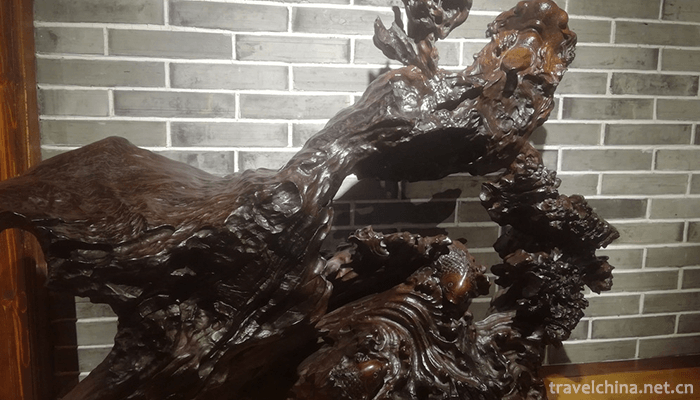
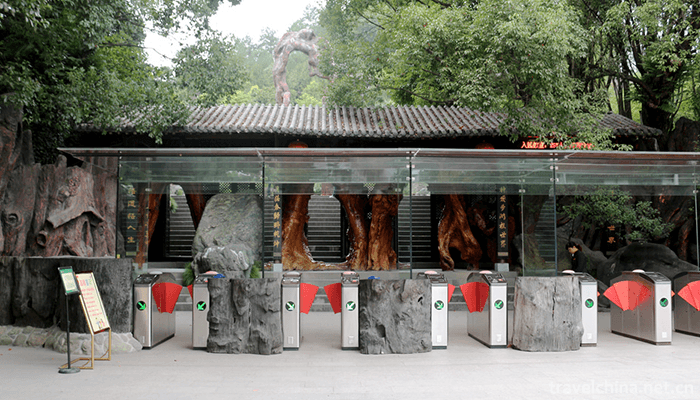
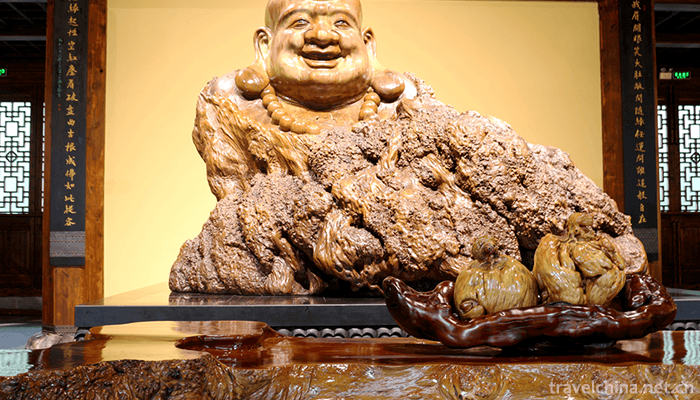
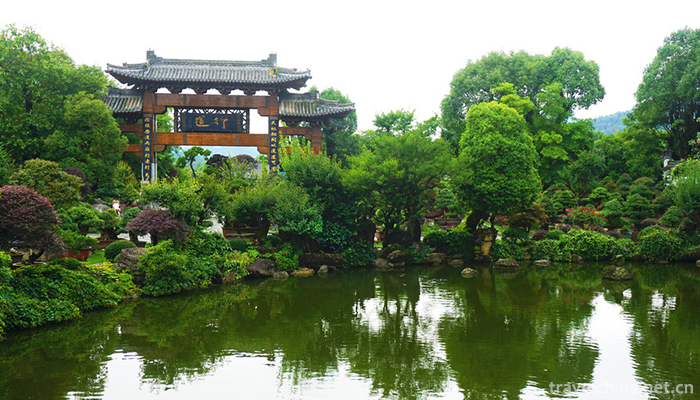
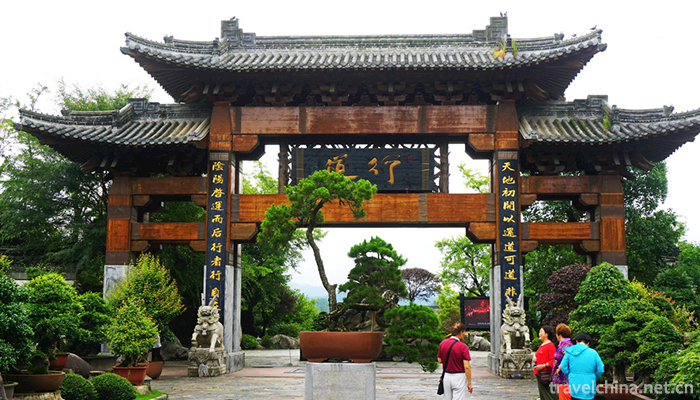
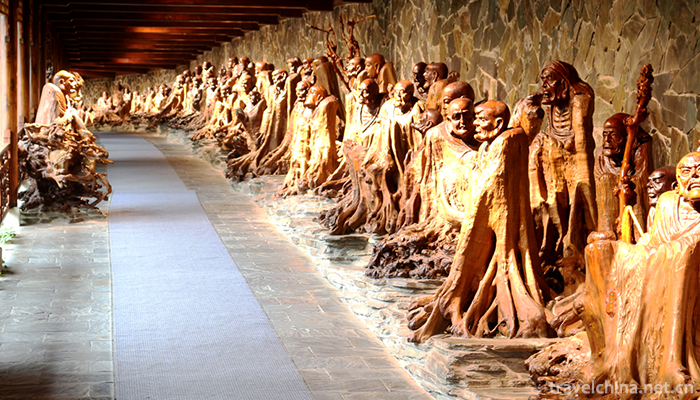

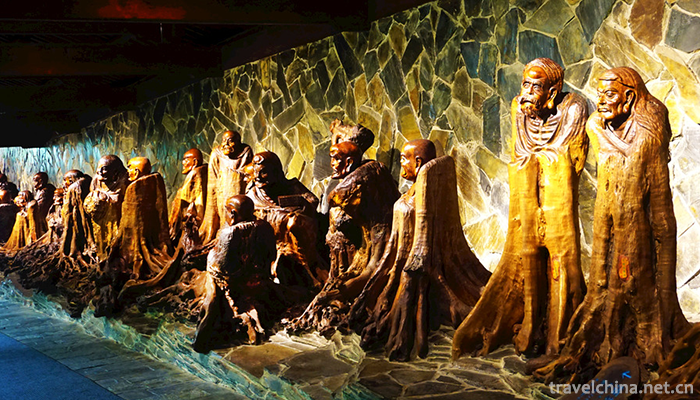
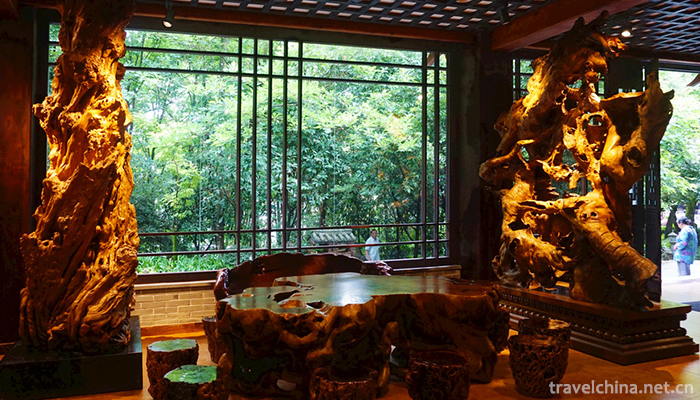
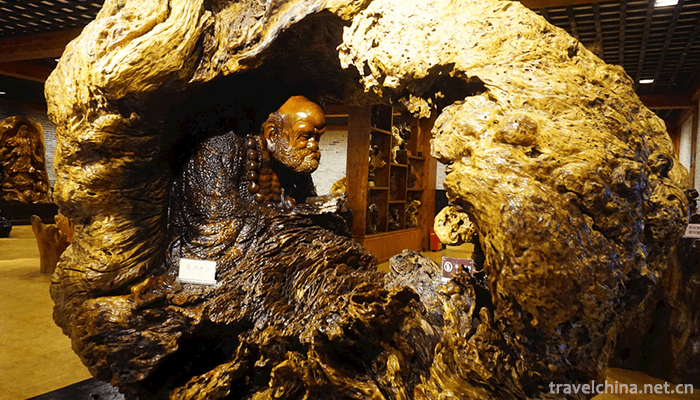
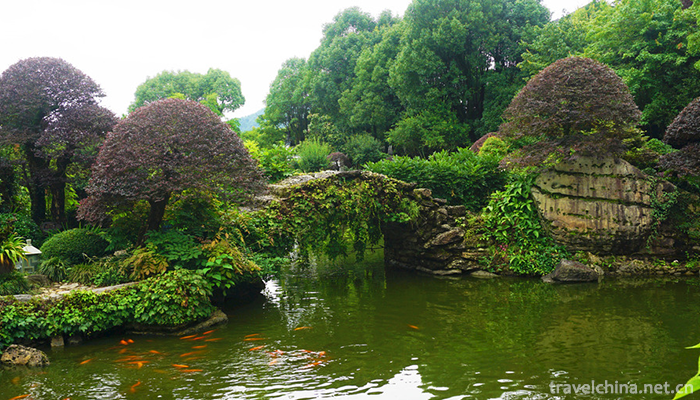
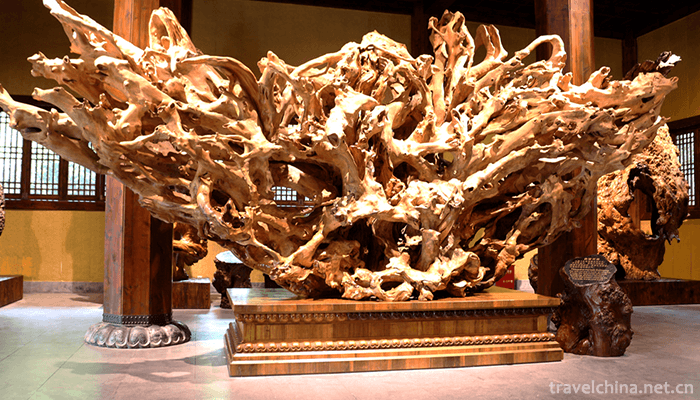
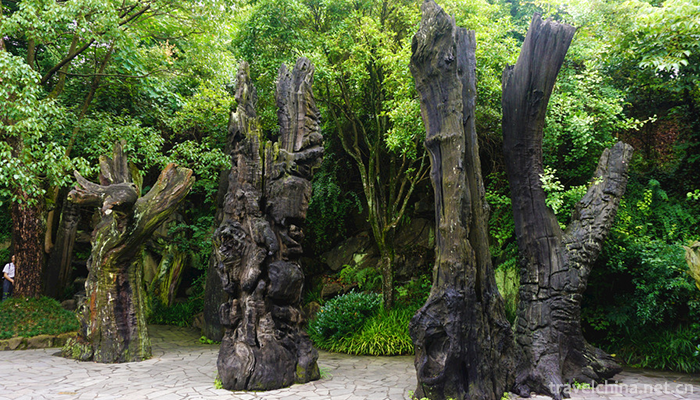
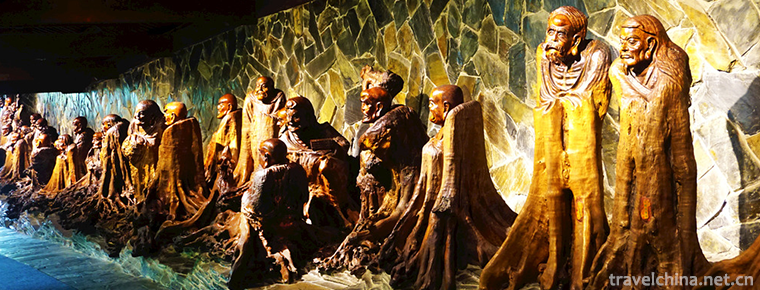
-
1.Beef bun on pot
Beef bun on pot/Beef frying bag is a home-cooked delicacy. It is made of beef as the main ingredient and salt as the auxiliary ingredient. Among them, the most famous and authentic is Yongcheng specia
Time 2018-11-26 -
2.Jingyuetan National Scenic Area
Jingyuetan, National AAAAA Class Tourist Scenic Spot, National Scenic Spot, National Forest Park, National Civilized Scenic Spot Demonstration Site, National Water Conservancy Scenic Spot
Time 2018-12-05 -
3.Yuelu Mountain and Orange Prefecture Tourist Area
Orange Island Scenic Area is located in the heart of the Xiangjiang River opposite Changsha City, Hunan Province. It is the largest famous island in the Xiangjiang River with an area of 91.4 hectares
Time 2018-12-12 -
4.Conch Valley Scenic Area Hailuogou
Hailuogou is located in Moxi Town, Luding County, Sichuan Province, on the eastern slope of Gongga Mountain. It is a very high mountain area on the eastern edge of the Qinghai-Tibet Plateau. Located a
Time 2019-01-13 -
5.Xiling mountain song
Xiling Mountain Song is a national intangible cultural heritage with a long history, primitive simplicity and smooth melody. Its color and mode contain some elements of Tibetan, Qiang and Han folk son
Time 2019-04-19 -
6.Daur Ruzhigle Dance
"Luzhigle" is a representative folk dance of Daur nationality. It varies from place to place, including "Alhambo", "Langtudabe", "Hakumai", "Hagen Melger&q
Time 2019-04-22 -
7.Duyi barley roasting technology
Duyi Maiguan was opened in 1738, the third year of Qianlong in Qing Dynasty. The entrepreneur's surname is Wang, and his native place is Shanxi. For the first time
Time 2019-04-28 -
8.Oroqen Folk Songs
The Oroqen nationality mainly distributes in the Oroqen Autonomous Banner, Buteha Banner of Hulunbeier League, Inner Mongolia Autonomous Region and
Time 2019-04-28 -
9.Two clip string
Two chords, also known as the "big five tones" by the masses. One of the traditional Chinese operas. It is mainly popular in Western Shandong, Eastern and Northern Henan,
Time 2019-04-28 -
10.Mongolian camel ball
The intangible cultural heritage is the manifestation and cultural space of various traditional cultures which are inherited from generation to generation and closely related to people's life.
Time 2019-06-04 -
11.Cave Building Techniques
Cave dwelling is an ancient dwelling form of residents on the Loess Plateau in Northwest China. The history of cave dwelling can be traced back to more than 4,000 years ago. The Chinese people creativ
Time 2019-07-11 -
12.Dazhou culture
Baqu culture refers to the fact that Dazhou city is located in Bashan canal and belongs to Badi in ancient times. The chapter of Baqu customs is listed in the ancient book Taiping Huanyu Ji thousands of years ago; the second refers to the unique cultur
Time 2020-12-20